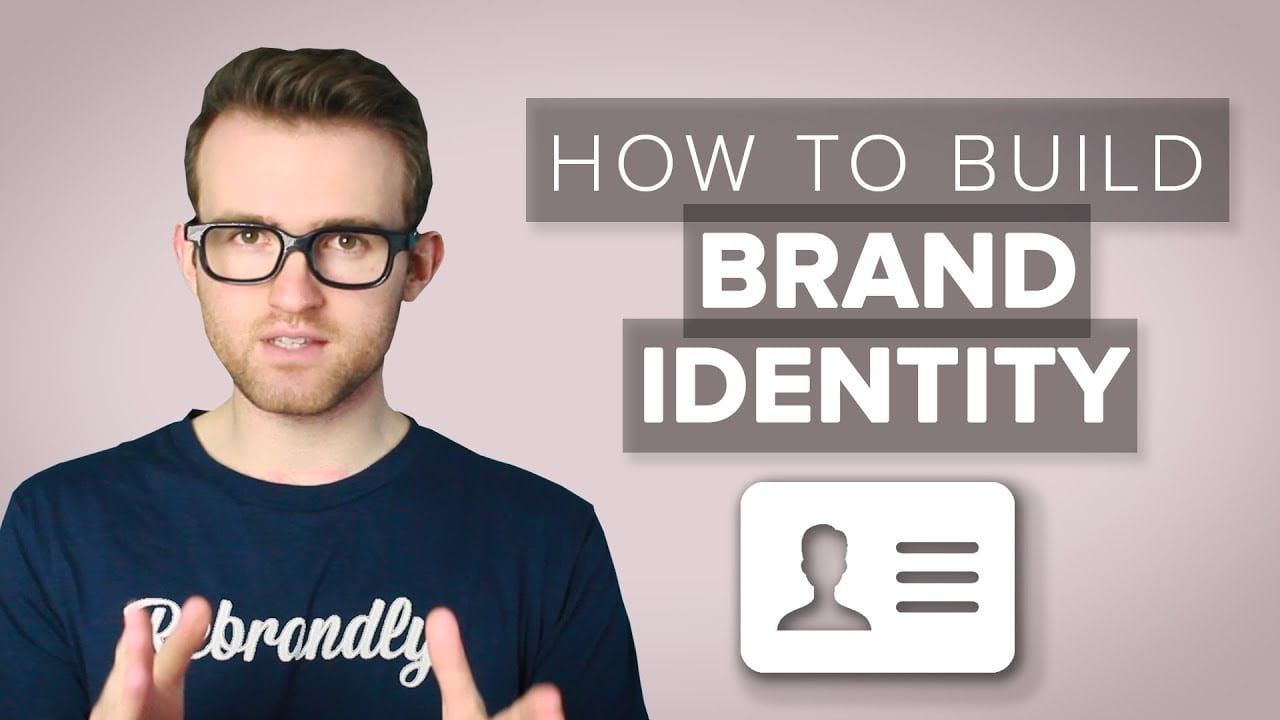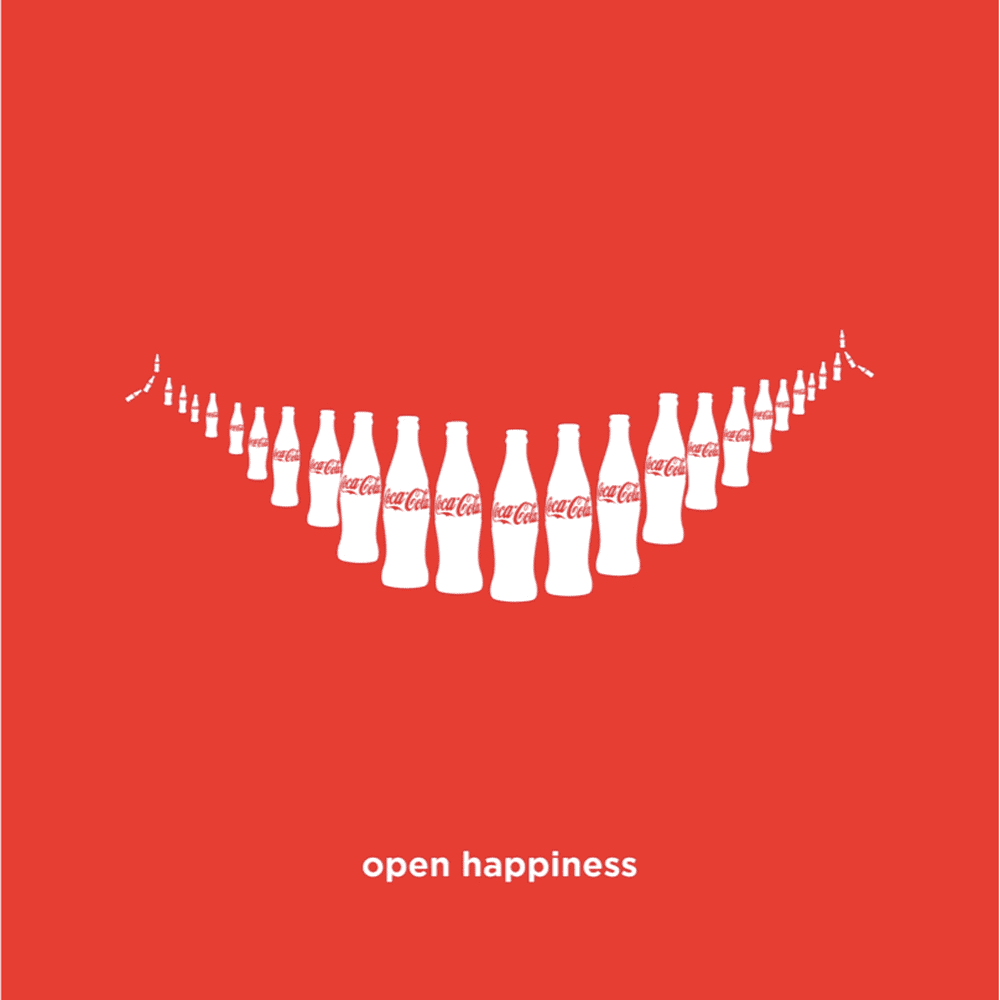
24 Feb 5 Ways to Develop a Strong Brand Identity that Stands Out
5 Ways to Develop a Strong Brand Identity that Stands Out
If you want to get your name out there, it’s not enough to just advertise your products and services.
These are essential elements, of course, you need them to be part of your marketing efforts.
However, you will get the best results if you focus on your brand and your brand identity.
Now, brand identity is a much broader concept that encompasses much more than just your brand.
Know that the former is vital if you want to develop an effective version of the latter.
Your brand is like your reputation; it’s a signifier of quality products, effective service, and is how you present your company’s character to the world.
Think of brand identity as a foundation for this, as the actual personality your company has.
Once you have developed your strong brand identity, branding itself will be easy and more effective.
Of course, you want to be able to do this.
If you want to create a brand that truly represents you and your company, then we suggest you check out the guidelines below.
1 – Figure out your goals and values
Before you begin developing a strong brand identity, you need to sit down and think a couple of things through.
First of all, who is your audience and second, what are your goals.
These two dictate what your brand will look like; they will determine what your company’s “personality” is.
Figure out what you want to achieve, what you want your voice to sound like.
- So, are you targeting teenagers or adults?
- Are you setting your sights for Silicon Valley entrepreneurs, or do you want to provide goods and services to Sydney stay-at-home homemakers?
- Will your primary target audience be teenagers, or preteens, boys or girls?
- What is their age group and their educational background?
- What about your goals?
- What makes you stand out, what do you want to achieve?
- Are you going for an international chain of business, or do you want to provide the best possible service in your area only?
What is your company about – understand your strengths, weaknesses…
Do you prefer to offer affordable and reliable products, or are you more into the luxury side of things?
When you answer all these questions (and the question that will definitely spring up), you will have an easier time creating your personality.
Let’s take a classic example – Coca-Cola.

Their target audience is basically everyone, but it’s clear they are (most of the time) gunning for a family-friendly vibe.
The marketing ads are warm, friendly, cosy.
Their goals were to provide an affordable, delicious product everybody likes.
However, look at basically any luxury car brand.
They present themselves as elegant, stylish, and debonair.
They aimed at people (mostly men) with high salaries, in the higher levels of society (or men who want to be perceived in that way.)
2 – Language and communication
You figured out what your brand should be, but you also need to present it to the world.
Moreover, one of the best ways to do this is through language and communication.
Now, remember what your brand’s personality is – then let that be reflected in the language you use.
How formal is your brand? If I were a person, how would it speak?
A great example is the most interesting man in the world, Dos Equis.

If you’re a soft drink company whose aim is primarily teenager, go with something light, and energetic.
Furthermore, communicate with your audience, show them that you are interested, that you care.
Have a social media account set up and talk to people.
Answer their questions, offer special deals, build your reputation in this manner.
Also, as much as you can, stick to the identity you chose, to the style of speech you’re decided to go with.
3 – Design and emotions
A universal trait that is behind language, something you want to tap into, is emotion.
Chinese coders, American marketing professionals, Russian graphic designers… all have their own languages at home, but in their work, they work towards eliciting a response from the user.
The designer creates a website that looks and feels a certain way, the programmer will set up the right code that serves as the foundation, and the marketing expert will bring people to the website.
So, what is the emotion you want to elicit when people look at your website?
What about your brand, your logo design, your slogan?
Also, when we say emotion, we truly think – a visceral reaction, an immediate response.
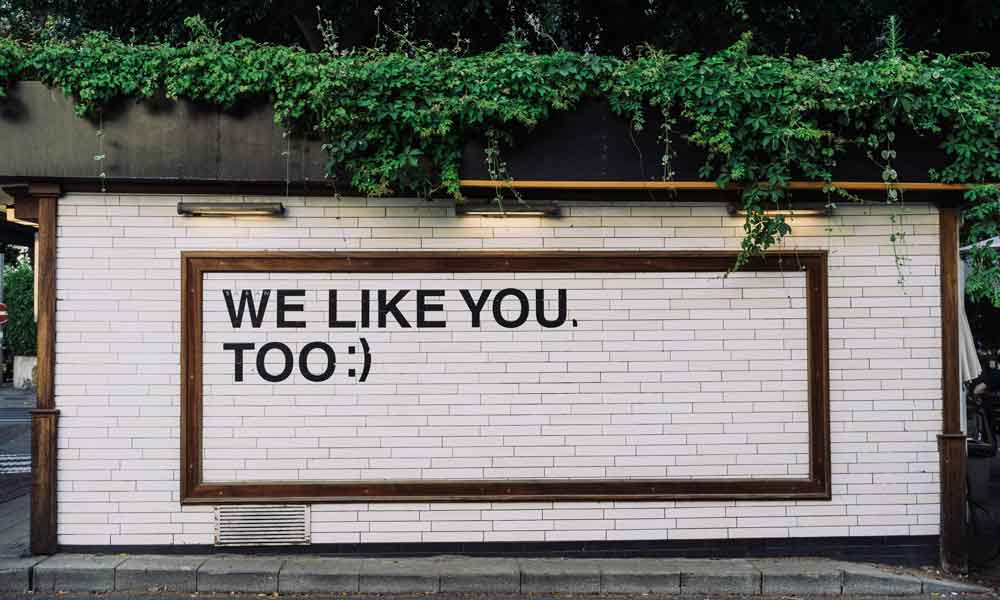
In practice, answering these questions means setting up a style, a visual personality of your brand.
Is your logo minimalistic, or free-flowing?
Will your website be all in black and gold, or perhaps soothing, earthy tones?
Is your tagline something cheerful and positive and inviting (“I’m loving it”), or perhaps something stern, clear, and motivational (“Just Do It”)?
Keeping with our luxury car example above, their website will most likely be black and grey and silver.
Just imagine the Mcdonald’s yellow and red colour scheme used for a luxury watch website.
Alternatively, think how out of place a logo for a boxing gym looks on a children’s clothing store.
The former should elicit an emotion of power, or wildness, the other of familiarity and cuteness.
Think about the effect a roaring, angry bear has compared to a cute teddy bear with glasses and overalls.
Remember to stay consistent in every area of your design.
If you decide on one look, on only a certain set of emotions you want to create (warmth, closeness, family), then this needs to be represented in your logo, your website, colour schemes.
4 – Revise and revamp

Another vital aspect you need to understand is that your brand is not just something that is fixed, that your brand identity just stays the way it is.
No, it morphs, changes, transforms further and further.
Part of standing out among the crowd is changing when you need to.
First, you want a total revamp to refresh your entire brand (either because of a mistake that occurred, or simply to living things up).
The other reason may be that you are just extending, rather than revamping.
You may want to access another market or another consumer group.
Whichever one of these may be, you can find examples below.
One excellent example is Pepsi.
Pepsi has been changing things up for years now.
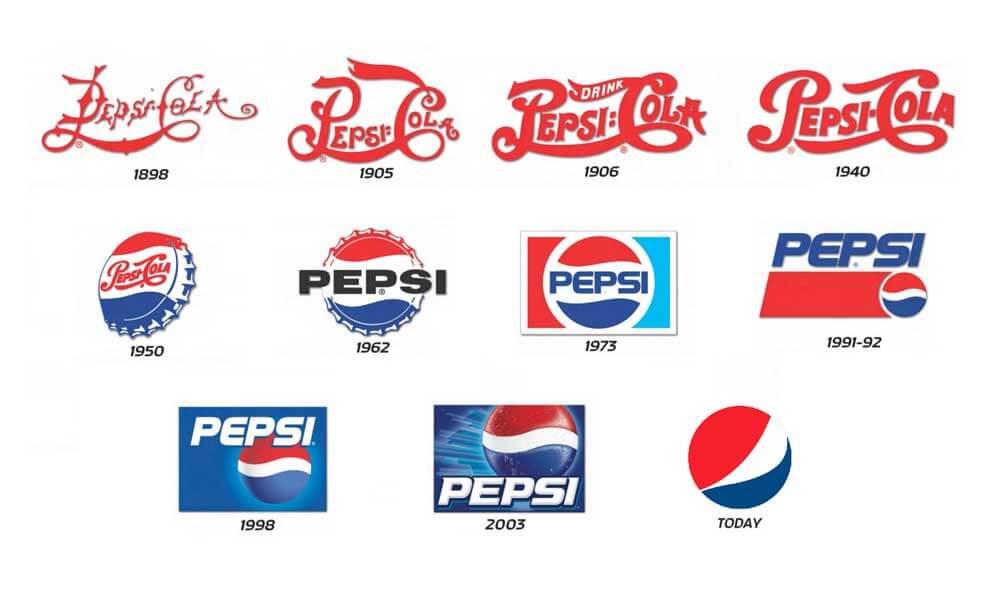
Just remember – when was the last time you saw the Pepsi logo stay the same for a more significant period?
There are many jokes about the rivalry between Pepsi and coca-cola, but whichever one is the winner, we all know that Pepsi is a multibillion-dollar company.
What about Old Spice?
Before, it was seen a brand for older people, an old scent that just isn’t as popular as it used to be.
It was associated with old-timers, with a lack of modernity.
However, we all know those Terry Crews and Isaiah Mustafa commercials.
They revitalised to form a strong brand identity.
They gave old spice a whimsically, youthful and virile image, pulling a 180 on what was there before.
5 – Be thorough and brave
A big part of keeping your brand healthy and alive, while still standing out, is by being thorough and consistent.
First, this means that every section and part of your marketing and branding efforts are in line with your vision and your brand personality.
So, your website, company stores, all the way down to the stationery you use, it all needs to be in line with the style you chose.
Next, you want to do your homework properly.
What are the brands in your area doing? How do they approach the market, what are they doing well? What are they doing poorly?
Do your research, what made previous brands in your niche fail horribly, what made some of them succeed.
Think of a brand or company that you remember was dominating the entire industry scene, and then just disappeared.
What happened there? Poor management? Subpar planning? Did they spread themselves too thin, and just started advancing too early?
Alternatively, do they have the exact opposite problem, where they never dared to change?
Nokia, Blockbuster, Xerox – what do these three companies have in common?
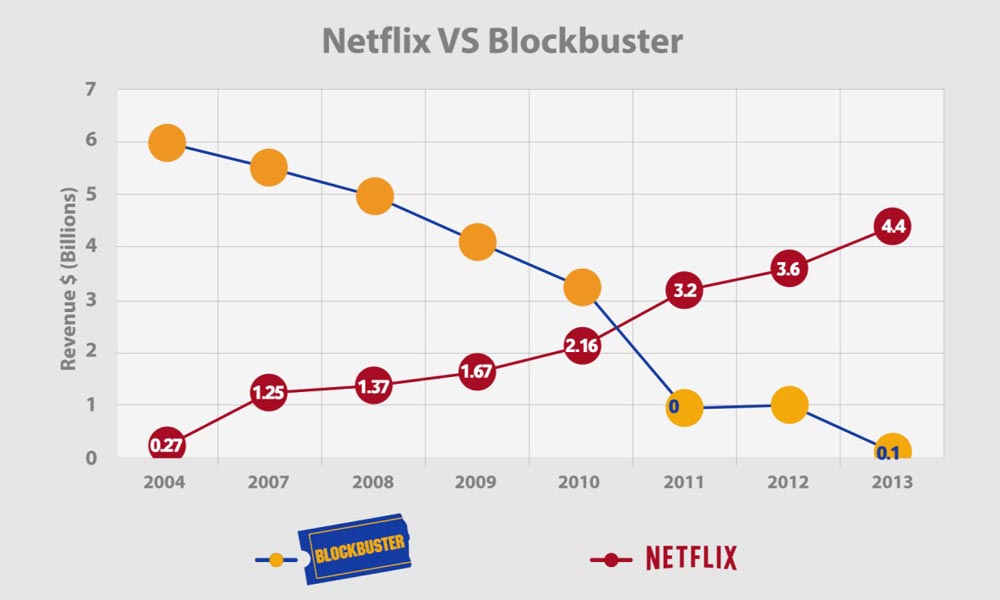
They refused to change when they should have.
They had a strong brand identity, brands that everybody to this day knows who and what they are.
And yet, they are pretty much dying out, if not outright in the grave.
They refused to innovate, to change.
Just as you should create a consistent brand, and identity that truly represents you and your company, you should also be ready to change.
Strong brand identity needs to be flexible.
Sometimes change is needed.
Think of its evolution and growth.
Conclusion
A strong brand identity is a vital component of your marketing efforts.
It’s the foundation upon which most of your marketing work should stand.
You want to be consistent with your brand in every facet of your campaign.
However, to do this, you need to figure out who you want your company to be.
- What is its voice, its personality?
- Then, how will it speak?
- What does it look like?
Answering these questions will automatically give you a guideline on how to develop a strong brand identity that stands out amongst the crowd.
Couple this with a clear understanding that change and growth are sometimes necessary, that evolution is vital for the development of your brand and company.
The post 5 Ways to Develop a Strong Brand Identity that Stands Out is by Stuart and appeared first on Inkbot Design.



